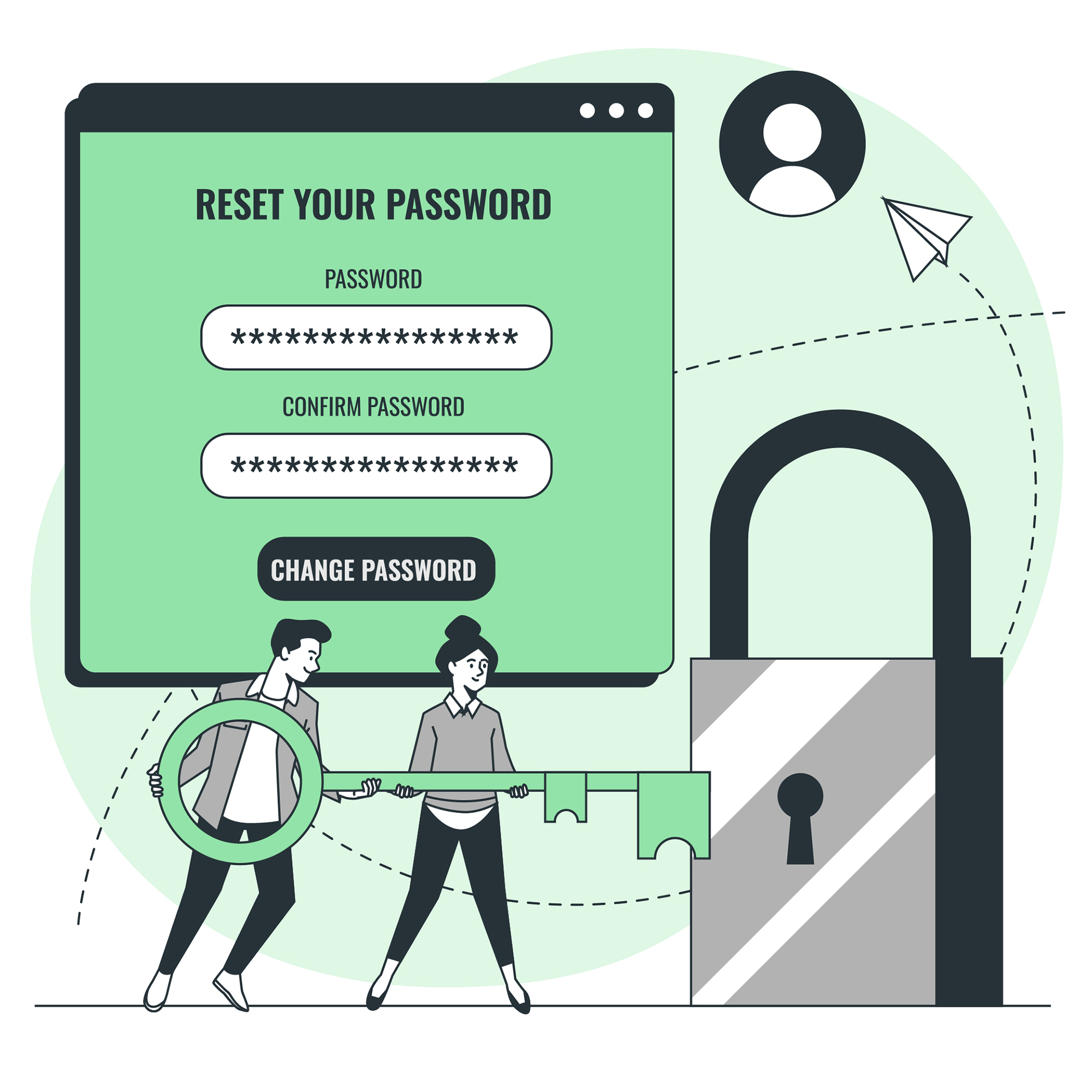Incognito mode is a feature available in many web browsers that allows you to browse the web without leaving any traces of your online activity. While this feature may seem secure, there are some risks and limitations that need to be considered before using it. This article will explore the security features of incognito mode, its limitations, and the potential security risks associated with it.
Introduction
Incognito mode is a feature available in many web browsers, such as Google Chrome, Safari, and Firefox. It is designed to allow users to browse the web without leaving any traces of their online activity. This means that any websites visited, cookies downloaded, and searches conducted will be deleted from the browser history once the incognito window is closed.
Exploring Incognito Mode
Incognito mode is convenient for users who want to browse the web without leaving behind any digital footprints. For example, if a user is shopping online, they can use incognito mode to search for products without worrying about their search history being tracked. Incognito mode is also useful for users who are concerned about their privacy and do not want their browsing activities to be monitored by websites or advertisers.
Security Features of Incognito Mode
When an incognito window is open, the browser will not store any data from the websites that are visited, including cookies and searches. In addition, the browser will not keep track of the user’s activity and will not save any data from the websites visited. Since the browser does not save any data from the websites visited, it is also more difficult for websites to track the user’s activities. This provides the user with a certain level of anonymity and privacy.
Limitations of Incognito Mode
While incognito mode does provide some security features, it has some limitations. Incognito mode does not protect the user’s data from being tracked by their internet service provider (ISP). This means that the ISP can still track the websites that the user visits and the data they send and receive. In addition, the websites visited can still track the user’s IP address, which can be used to identify the user.
Potential Security Risks
Although incognito mode provides some security features, it is important to be aware of the potential security risks associated with using it. Since incognito mode does not save any data from the websites visited, malicious websites can track the user’s activity and obtain personal information, such as passwords and credit card details. In addition, since the browser does not save the user’s activity, the user may forget to log out of websites or accounts, leaving them vulnerable to hackers.
Conclusion
Incognito mode is a useful feature for users who want to browse the web without leaving any traces of their online activity. However, it is important to be aware of the limitations and potential security risks associated with using it. Although incognito mode provides some security features, it is not as secure as some may think, and it is important to be mindful of the risks involved.
In conclusion, the security features of incognito mode provide some level of privacy and anonymity for users, but there are some limitations and potential security risks associated with using it. It is important to be aware of these risks and to take appropriate measures to ensure that your online activity is secure.




![Crafting Unforgettable Passwords: A Guide for Developers A string of random characters typically has higher entropy compared to a few common words due to the vast number of possible combinations. For example, a 10-character lowercase password has roughly the same entropy as a 4-word passphrase picked from a 5000-word dictionary [5].](https://passwordclinic.com/wp-content/uploads/2024/06/automation-section-3-150x150.webp)




![A string of random characters typically has higher entropy compared to a few common words due to the vast number of possible combinations. For example, a 10-character lowercase password has roughly the same entropy as a 4-word passphrase picked from a 5000-word dictionary [5].](https://passwordclinic.com/wp-content/uploads/2024/06/automation-section-3.webp)

